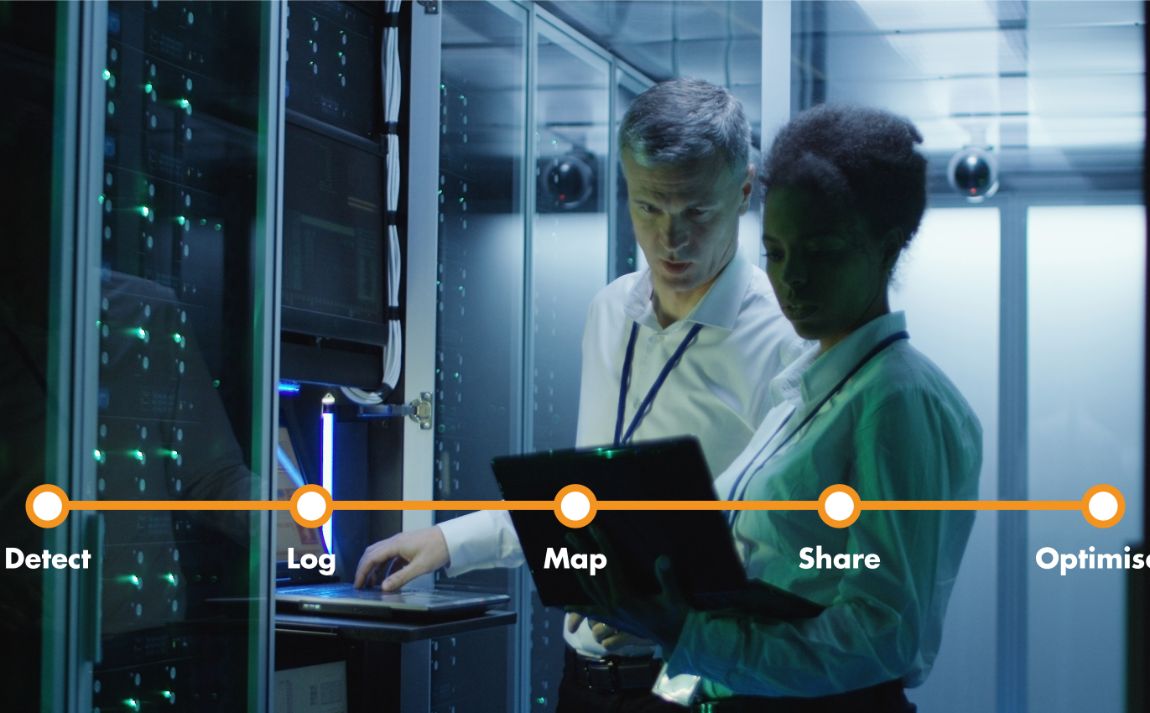- About Aginode
- Data Networks
- Telecom Infrastruktur
- Produkte
-
Ressourcen
- Ressourcen
- Documentation
- Blog
-
Case Studies
- Übersicht
- Innoasis development in Norway
- Eemsdelta Campus
- Hotelschool The Hague
- Emergency covid hospital, Hong Kong
- Société du Grand Paris
- Centrin Datacentres
- Airbus
- Athens Historic City Hall
- Pinewood Studios
- Goethe University Frankfurt
- Denmark New University Hospital
- University of Toulouse
- CHM Maubeuge: a model for future-ready hospitals
- Webinars
- Software Tools
- Warranty
- Newsroom
- Suchen
- Kontaktieren Sie uns
- Vergleichen
- Anmelden
Office & Enterprise
7 reasons to add intelligence to your Switch presentation panels


In a previous post I have made a case for the importance of presentation panels mirroring switch ports, both for protection and cable management reasons. But why stop there? By adding intelligence into your network, the benefits become even bigger.
Adding intelligence to your network
To add intelligence to your presentation and distribution panels you need an Automated Infrastructure Management system, or AIM. Once an AIM system in place it’s like you have levelled up in a video game and more powers become available to you. I’ve listed the following seven benefits:
- get a real-time switch port capacity view just by looking at the capacity ports on the presentation panel - which are a direct reflection of the switch ports.
- receive a real-time update on the status of your network connectivity by placing intelligent patch cords between the intelligent panels. This allows you to carry out an accurate circuit trace from switch port to an end device.
- perform accurate Moves, Adds and Changes up to 50% faster as the intelligent software will show you exactly where your connectivity is laid out within your patch zones.
- add an additional security layer to your network by marking all non-intelligent patch cords sitting between your intelligent panels as illegal patches. This avoids having any blind spots.
- have the ability to check the port status of all your panels from a remote location. The LANsense software gives you a real-time graphical representation of the cabinets and panels.
- make audits and planning of network changes easier by using exportable reports on connectivity status, work orders, faults, etc.
- reduce network downtime when replacing active equipment by having the most recent connectivity information physically available on your presentation panels.
Is an AIM upgrade justifiable?
Of course, this ‘levelling up’ of your network by adding intelligence using an AIM system raises the question if it’s worth the extra cost. My answer to this is a clear yes – and here’s why. Active equipment and other end-devices are usually replaced every 3 to 5 years. A structured cabling infrastructure on the other hand stays in place for 25 years on average. Expect the payback of an AIM system to be between 2 to 5 years depending on the size of your network.
Kategorien
Unsere Websites
Wählen Sie Ihr Land aus, um unsere Produkte und Lösungen zu finden
-
Africa
- Africa
- Ghana
- Ivory Coast
- Morocco
- North West Africa
- Americas
- Asia
- Europe
- Oceania
